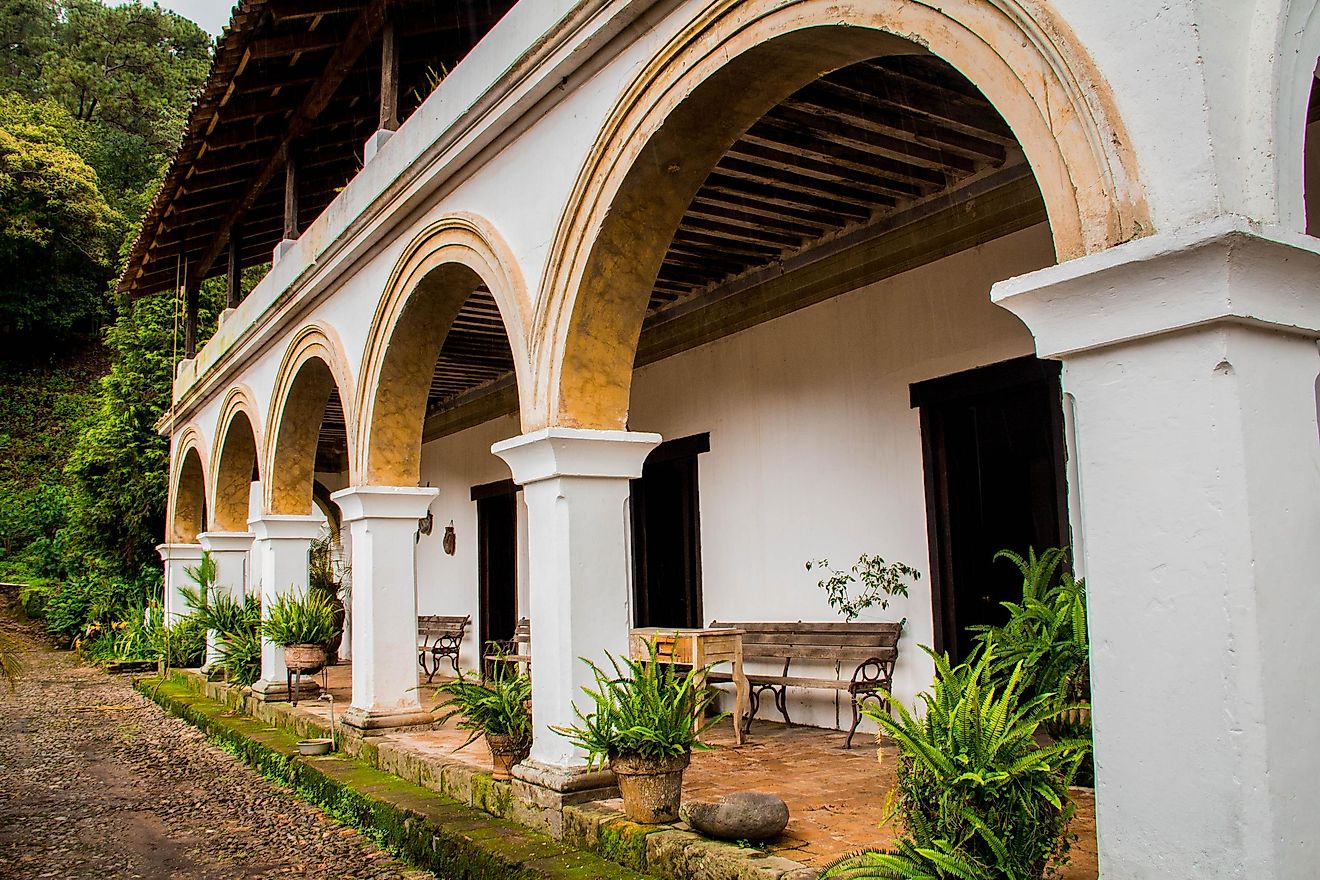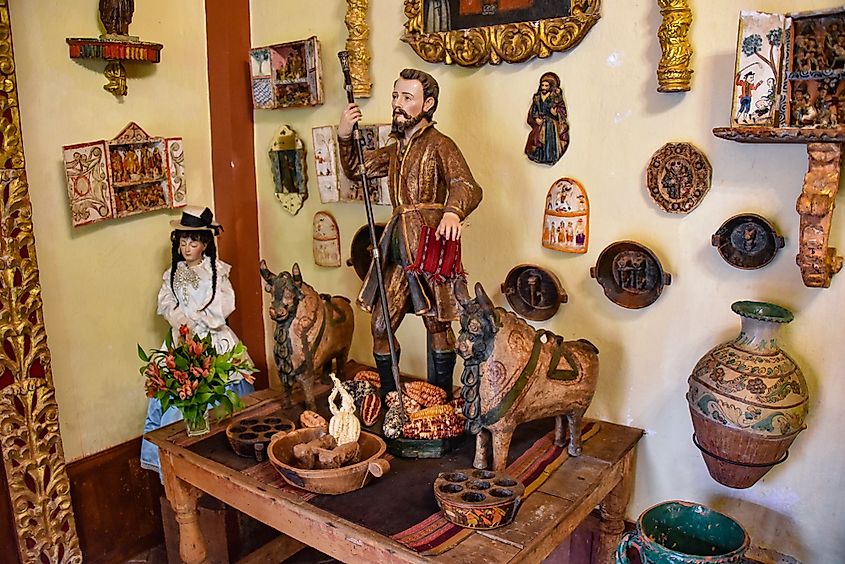What Is The Hacienda System?

- A hacienda is most easily defined as an estate, mostly seen in the colonies of the Spanish Empire. A lot of haciendas were used as mines, factories, or plantations, and some combined all of these activities.
- The hacienda system was widespread in Mexico, Chile, Bolivia, Argentina, Colombia, Guatemala, Peru, El Salvador, and New Granada, but it also existed in Puerto Rico and the Philippines.
- Haciendas were traditionally organized in a clear hierarchy that was inspired by paternalistic societies. In this social organization, the landlords were sitting at the top of the system while the workers were at the bottom.
- Haciendas faced significant problems in the 18th century, which were preventing them from becoming the major institutions that they were during the Mexican Revolution.
A hacienda is most easily defined as an estate, mostly seen in the colonies of the Spanish Empire. A lot of haciendas were used as mines, factories, or plantations, and some combined all of these activities. Haciendas were actually small business enterprises that were built for the sole goal of making money. It is not easy to exactly define the term hacienda, but normally, it refers to an estate of a large size.
There were smaller estates that could be considered haciendas, but those were usually referred to using different names, such as ranchos or estancias. Recently, the term hacienda started seeing use to describe a specific architectural style found in estate manor houses. The hacienda system was widespread in Mexico, Chile, Bolivia, Argentina, Colombia, Guatemala, Peru, El Salvador, and New Granada, but it also existed in Puerto Rico and the Philippines. Still, it is most often associated with Mexico.
The System Based On Exploitation
It is easy to draw parallels between the hacienda system in Mexico and the feudal system in Europe. The system was designed to keep people that were in debt working on a piece of land. People working on haciendas were made to stay there as long as possible using various means. The owners of haciendas were called hacendados, and they were able to make huge amounts of money by exploiting these workers.
Haciendas were traditionally organized in a clear hierarchy that was inspired by paternalistic societies. In this social organization, the landlords were sitting at the top of the system while the workers were at the bottom. The hacienda system evolved throughout the years, but the conditions of the workers became increasingly worse. While it is wrong to call this an evolution, what evolved were the practices of the landlords in all of the ways they managed to exploit the workers for more profit.

In this way, the evolution of the system could be considered a success, as wrong as it actually was. The land where the haciendas were placed was mostly acquired by stealing it from indigenous people or poor villagers. These people have been driven away from the land they were caring for, for centuries, and they could either leave or work for the oppressor.
Class Conflict In Haciendas
Haciendas were major factors during the Mexican Revolution because everything that was happening during the Revolution left a mark on them and the people living there. The evolution of haciendas happened gradually, and they did not just appear suddenly. Haciendas faced significant problems in the 18th century, which were preventing them from becoming the major institutions that they were during the Mexican Revolution. They needed to find a cheaper workforce and also find a way to deal with the prices of their products, which were being held down by other peasants in the area.
Once the Liberal Reforms released haciendas from the burdens of demands from other ways of taxation such as annuity payments and extremely high mortgage interests, they managed to raise their profitability and started earning a lot more money. These reforms also allowed landlords of the haciendas to take more land and existing villages and use them as they please.
This was the period when the hacienda system prospered. They had more available workers because they destabilized villages, and they managed to beat the competition that was offering lower prices. Hacienda landlords also managed to gain some political power as well. However, once the Revolution happened in the early 20th century, for obvious reasons, the haciendas became the place of class conflict. The workers revolted against the landlords and started defending their rights. They lost their identities when the hacienda system was put in place, and they started demanding it back.











